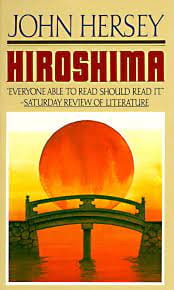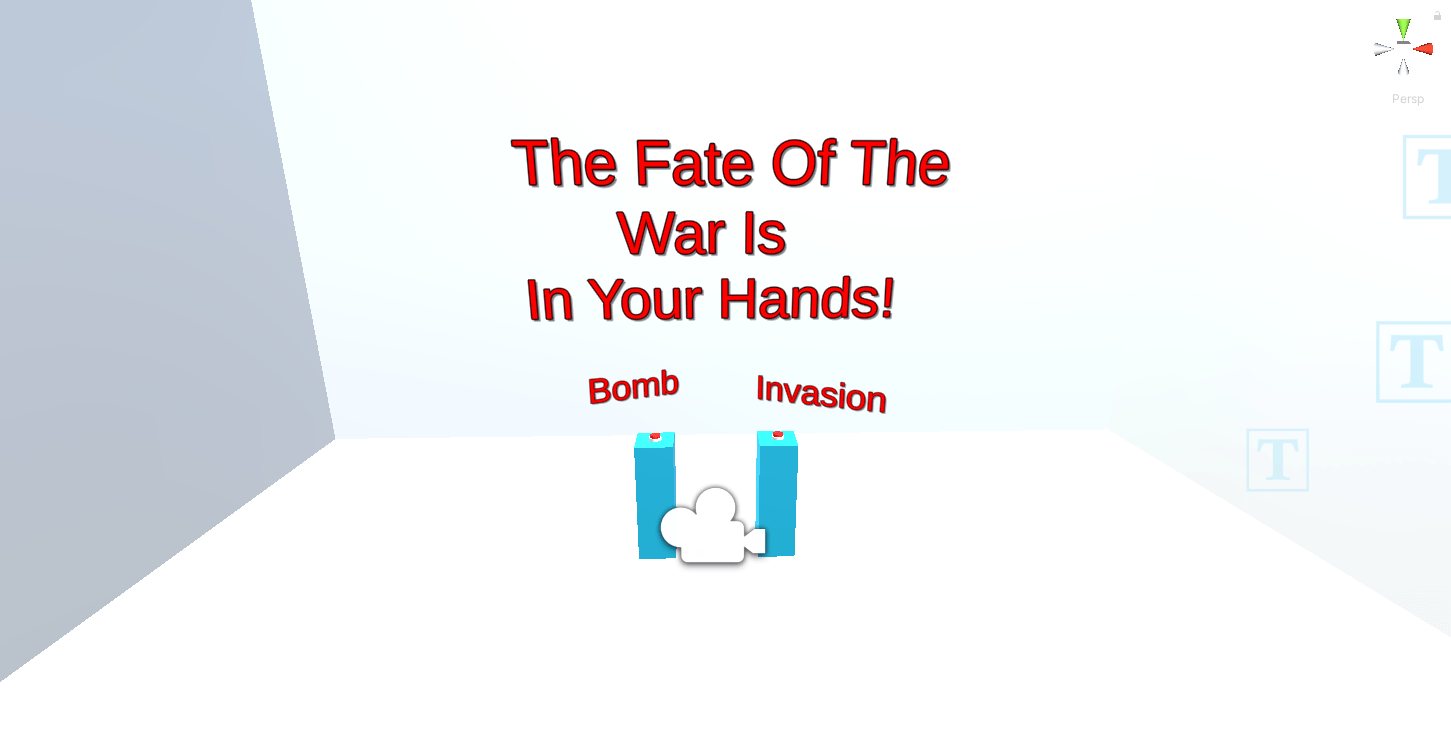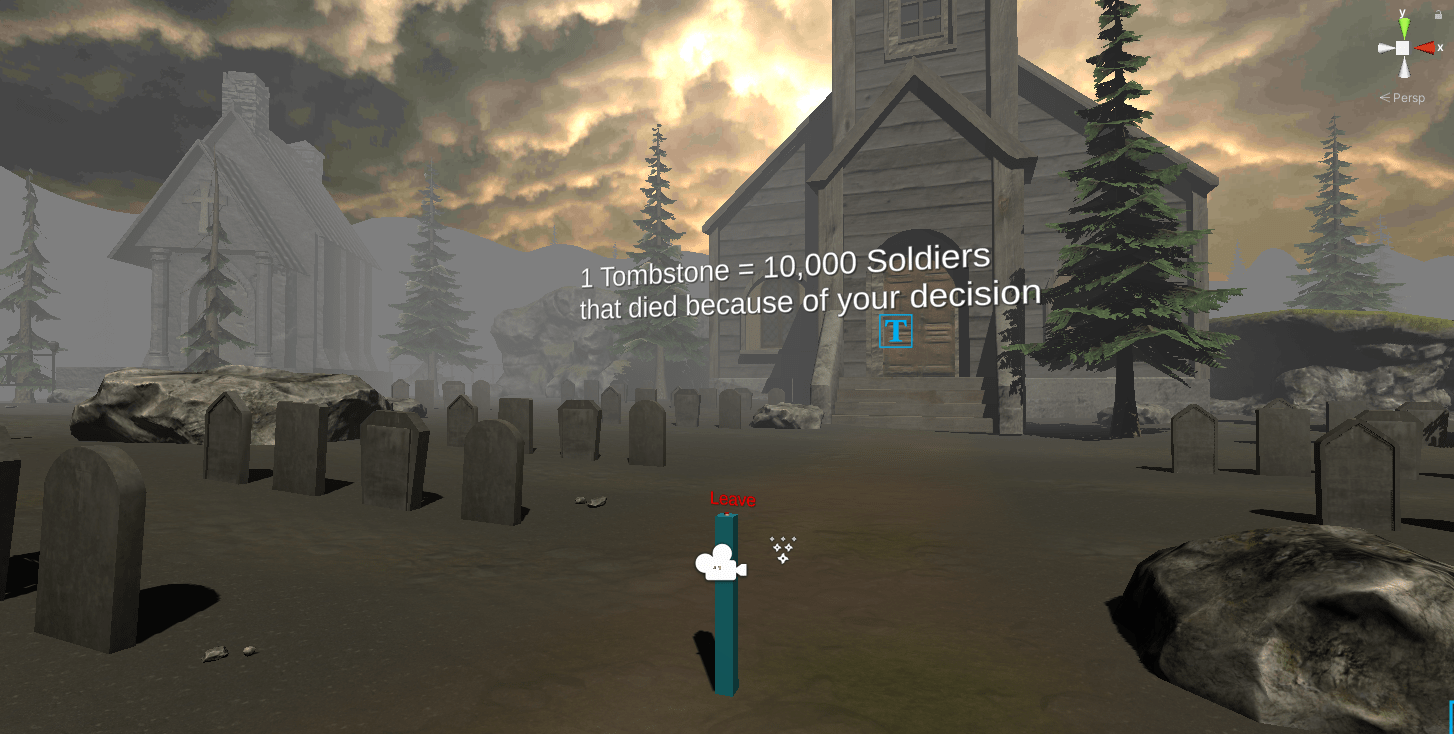Hey! PLP just had our Winter Exhibition on December 15th and with that, we wrapped up our final project before the winter break. During the exhibition, our class presented the conceptional art pieces that we’ve been working on throughout this project. All of the art that our class showed had a connection to the Manhattan Project and/or Hiroshima. Our conceptual art pieces had to show the historical significance of this event while also relating to one of the four topics (Politics/Warfare/Conflict, Society/Culture, Morals/Ethics/Philosophy, or Science/Tech). I worked with Anders in the Morals, Ethics, and Philosophy group to create our conceptual art piece. Now, there was a lot of work that was put in before we could get to the winter exhibition. To understand everything that happened to get to this point, you have to understand what the project was about and the steps that were taken to get here.
Currently, our project was about how we can use conceptual art to explain the significance of the atomic bomb. Before we could start creating our conceptual art for the exhibition, we had to learn about what conceptual art is and what is considered conceptual art? We also had to learn about all of the events that led to the bomb being dropped on Hiroshima and the significance and impact that the event had. Then we would be ready to prepare for the exhibition.

The reading and analysis that we did on the book “Hiroshima” by John Hersey helped me understand the impact that the atomic bomb had on the citizens living in Hiroshima at the time. If you want to hear more about what I thought about the book, you can go to this post here to read about my critical analysis of the book. The book showed a different side of the bomb that we never looked at before. We discussed ideas during our Socratic seminar about the moral justifications of dropping the atomic bomb and mutually assured destruction that helped grow my knowledge on the topic. The reading helped me prepare for the exhibition because it gave me a better understanding of what the bomb dropping was like at the time. Referring to the bomb as “a noiseless flash” helped me visualize what it would have looked liked and helped me with forming the concept for my conceptual art.
helped me with forming the concept for my conceptual art.
To learn more about conceptual art, we took a trip to the Vancouver art gallery and the Vancouver contemporary art gallery. There, we saw many different styles of conceptual art. When I went into the different galleries, I tried my best to observe the different types of art and how the artists used the space around them for their art. One that caught my eye was an art piece titled “Bag Piece” at the Yoko Ono exhibit in the Vancouver art gallery. This art was different than the other pieces of art around it because it was more of an experience for the person viewing the art. When someone gets into the bag, they become the art. The ideas of the art are from the person in the bag’s actions and the viewer watching pondering and trying to decipher what they’re seeing and what’s happening inside the bag. I liked the idea of forming my conceptual art into an experience so that’s what I planned to do.

When we had a good understanding of why the Manhattan project was historically significant and what makes certain art conceptual art, we were able to start preparations for the exhibition. I worked with Anders to create the art piece that we were going to present during the exhibition. The plan was to create a virtual reality experience as our art to present to the viewer. Our art would show the idea of the power that was left in one person’s hand during the decision to drop the bomb on Hiroshima. That the power of choosing who lives and who dies shouldn’t be held at the mercy of one person. We would present this by putting the viewer into a moral dilemma where neither decision is right nor wrong.
Creating our art was a long and challenging process. We used multiple different software to create our virtual experience. We used blender which is software for creating 3d models to create a model of Hiroshima and for the different objects that are seen during the experience. To put the art together, we used software called unity which is a game engine where we were able to create our virtual experience and put all of the pieces together. There were many different problems that we ran into while developing the virtual experience, but in the end, we’re able to put together a working virtual reality experience to present at the exhibition. If I were to do this again, I would give myself more time to work on the project. A lot was rushed during the final few days before the exhibition which meant that we weren’t able to fix every little bug. Another thing that I would do differently would be to better incorporate the concept of our art into our art. I think our artist did a good job of this but there were places where I feel that we could do better. Next time, instead of focusing on the actual art before the concept, I should put the concept first before the art. Below I put together a slideshow showing some of the scenes created for our art.
Nevertheless, the exhibition went fantastic! I worked in a group with Anders, Zoe, Grace, Emily, Natalie, and Alex. We worked together to organize, plan, and create our exhibition room. I felt that we did a great job communicating with each other to present our art pieces to the public. Even though we had a plan and were prepared for the exhibition setup, I felt that there were times where people didn’t know what to do. For the next exhibition, I think it would be a good idea to assign roles to everyone for set up so that it goes smoothly and everyone has something to do. The actual exhibition went great. There were a lot of people that wanted to try out our virtual reality experience and enjoyed it. For some people, it was their first time trying out virtual reality. It was great hearing the different questions asked and hearing the feedback that the viewers had.
Reflecting on all of the work that I’ve completed and the exhibition, I now understand why the Manhattan Project was such a historically significant event and how conceptual art changed the way we view art. Conceptual art started prioritizing the idea over the composition. It didn’t have to be in the same form as traditional art objects such as a painting or sculptures. The Manhattan Project created the first-ever nuclear bomb that was then used to put an end to World War II. Without the atomic bombs, the war could have been dragged out for an even longer period leading to a greater number of casualties. It opened up the idea of mutually assured destruction where now many countries around the world hold nuclear bombs that are even more powerful than the ones that were dropped on Hiroshima. This mutually assured destruction from nuclear weapons is what is keeping the world at peace, but also could lead to the end of the world. Another area of learning that was looked at from the research for my art is the morals and ethics of the atomic bomb. It was a difficult decision to make from Truman because the Manhattan Project cost around 2 billion dollars and American soldiers were dying every day because of the war. The decision to choose to drop the bomb was neither right nor wrong.



